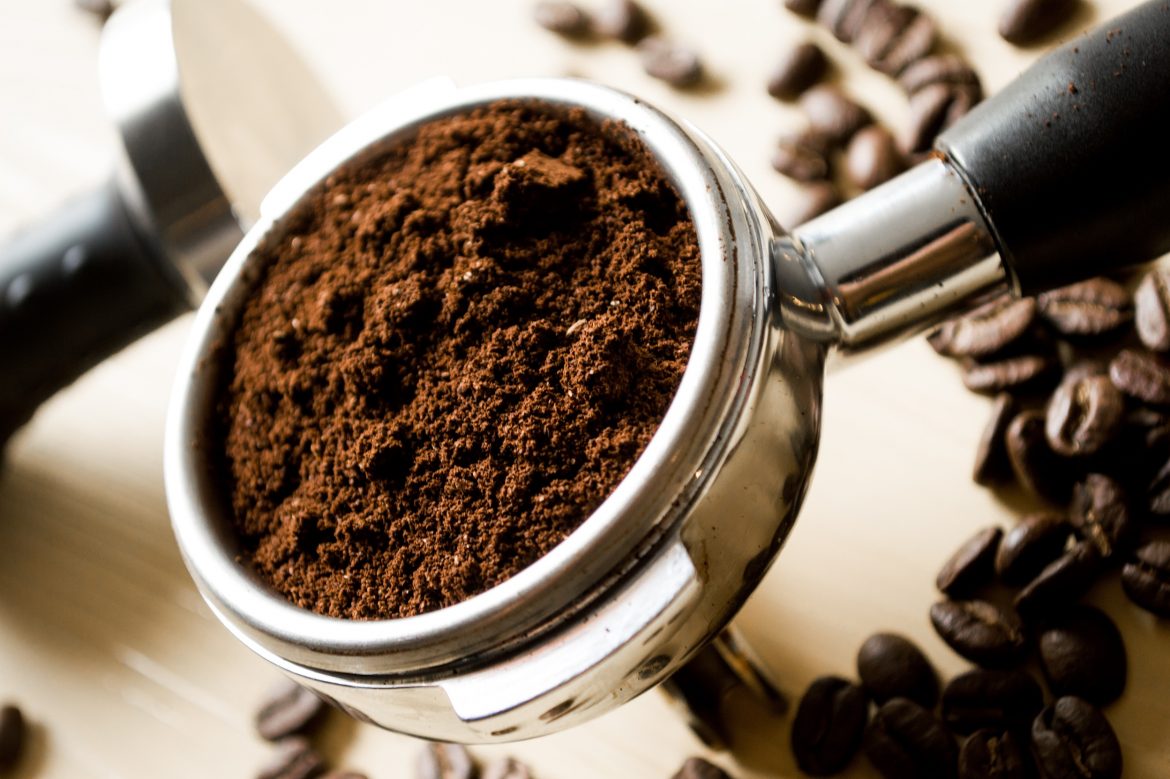
Utilising Coffee Grounds
Enjoying coffee has increasingly become more widespread over the past years, with stylish shops serving coffee prepared with special techniques on almost every corner. According to the British Coffee Association, 2 billion cups of coffee are consumed every day around the world. Although it is not often thought of, coffee consumption on this scale generates a considerable amount of organic waste in the form of coffee grounds (99% of the coffee we use to brew a cup becomes waste). This organic waste ends up in landfills or unhealthy “dumps”, contributing to greenhouse gas emissions that exacerbate the climate crisis and wasting a resource that could be reclaimed.
Materials scientists have been exploring various ways to utilise this waste material and they have come up with a new idea: mixing coffee waste into concrete mortar used in construction. Reducing the amount of sand used in the mortar and replacing it with coffee waste could reduce the consumption of a valuable resource on both ecological and economic levels, and may also increase the mortar strength. Australian researchers who conducted the study experimented with waste collected from coffee shops in Melbourne, pre-treating them in different ways and mixing it into the mortar in different proportions. They found that when coffee waste was substituted for 15% of the sand in the mortar mix, the compressive strength of the resulting concrete increased.
However, the raw coffee waste altered the chemical reactions in the mix, preventing the formation of a solid product. So they first subjected the waste to a heat treatment called pyrolysis, which prevents the reactions that disrupt the hardening process within the mortar mix. This may be thought as a kind of “carbonisation”, because this process, which takes place by combustion in low-oxygen environments, is normally used in the production of charcoal. In recent years, it has also been used in more controlled processes such as this experiment to produce “biochar” –a product that is useful in many fields, from agriculture to industry. When mixed with cement mortar, this coffee charcoal with a very porous structure, allows the chemical reactions that lead to hardening to last longer, therefore preventing cracks and creating a stronger structure. The researchers claim that heat treatment at 350°C yielded the most successful results, strengthening the final concrete material by as much as 30%. Of course, they also emphasise the necessity to evaluate the performance of this new material mix over time.
There are other ways to utilise coffee grounds. As with any organic waste, coffee grounds can be composted into a valuable soil enriching agricultural product. This requires no special methods but general composting techniques. In fact, because coffee is boiled during brewing, it decomposes quite easily in nature, so you may pour the slightly dried coffee waste on the bottom of potted plants in your home, or spread it directly on the bottom of plants in the garden.
A Belgian startup called PermaFungi uses a more creative method to turn coffee grounds into a new resource. The project, which started as a social enterprise in Brussels, collects coffee waste from coffee shops in certain neighbourhoods of the city and uses it to grow oyster mushrooms in the basement of a building in the city centre. The project has been going on for about 10 years, and now has the capacity to produce 1 ton of mushrooms every month. Besides, the used coffee waste left over at the end of the production process is rapidly composted into a useful soil enrichment fertiliser. The project, in which the entire process is developed and executed within the framework of the circular economy model, not only saves waste from becoming waste, thus reducing the burden on centralized waste collection and disposal systems, but also gives waste a new purpose and function, extending its life and turning it into an important resource such as food. In the meantime, it also uses the process as an opportunity to educate and raise awareness, through organised tours where the model is introduced and explained to public.
Hoping to have days with lower “coffee footprint”.
REFERENCES
- 1. https://www.livescience.com/chemistry/used-coffee-grounds-make-concrete-30-stronger
- 2. https://www.sciencealert.com/scientists-discover-amazing-practical-use-for-leftover-coffee-grounds
- 3. https://www.theguardian.com/science/2023/aug/23/full-of-beans-scientists-use-processed-coffee-grounds-to-make-stronger-concrete
- 4. https://www.permafungi.be/
